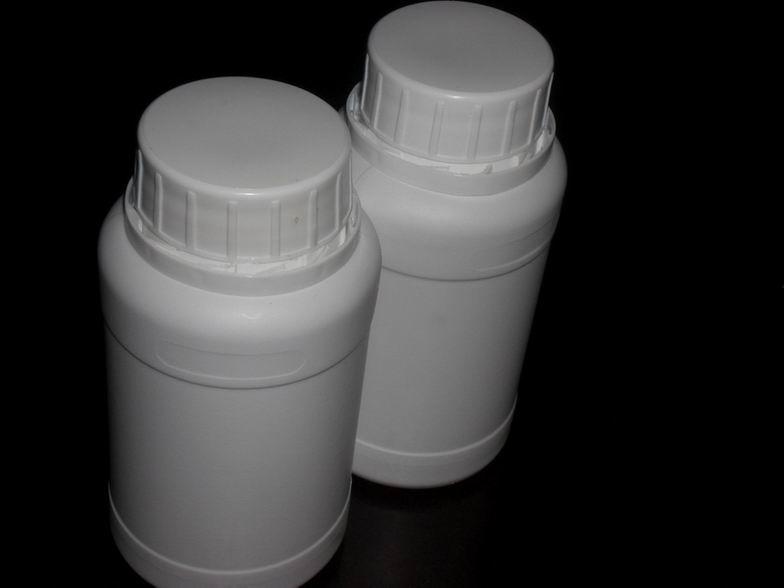The role of coupling agent The effect is mainly achieved through the surface modification of the filler, so when we choose the coupling agent, we first select the corresponding coupling agent for different fillers. The functional groups at both ends of the coupling agent interact with the dispersed phase of the filler and the matrix polymer respectively. Due to different fillers, the coupling effect varies greatly. The most widely used coupling agents at present are: silane coupling agents, titanate coupling agents, aluminate coupling agents and other coupling agents.

1. Silane coupling agent‘s suitable filler silane The coupling agent has a significant effect on silica, aluminum oxide, glass fiber, clay, silicate, silicon carbide, etc., and is effective on talc, clay, aluminum hydroxide, wollastonite, iron powder, alumina, etc. Slightly worse, it has little effect on asbestos, titanium dioxide, ferric oxide, etc., and has little effect on calcium carbonate, graphite, carbon black, barium sulfate, calcium sulfate, etc. For fillers with silanol groups on the surface, the coupling effect of silane coupling agents is great, but for carbonates, sulfates, sulfites, etc. of calcium, magnesium, and barium, the coupling effect of silane coupling agents is less obvious. . If the surface of filler particles without silanol groups is treated with silica hydrosol, and then a silane coupling agent is used, a better coupling effect will be produced. This treatment method is called the double-coating method.
2. Suitable filler titanate for titanate coupling agent Both coupling agents and aluminate coupling agents can treat the surface of fillers, but the treatment effects have certain specificities. Fillers with better treatment effects of titanate coupling agents include calcium carbonate, barium sulfate, calcium sulfate, calcium sulfite, aluminum hydroxide, magnesium hydroxide, calcium silicate, aluminum silicate, titanium dioxide, asbestos, alumina, Ferric oxide, lead oxide, ferrite, etc.; fillers with slightly inferior treatment effects include mica, silica, magnesium oxide, calcium oxide, etc.; fillers with poor treatment effects include talc powder, carbon black, and wood flour

 微信扫一扫打赏
微信扫一扫打赏

